TRYPILLA CUCUTENI FEMININE CERAMICS VENUS
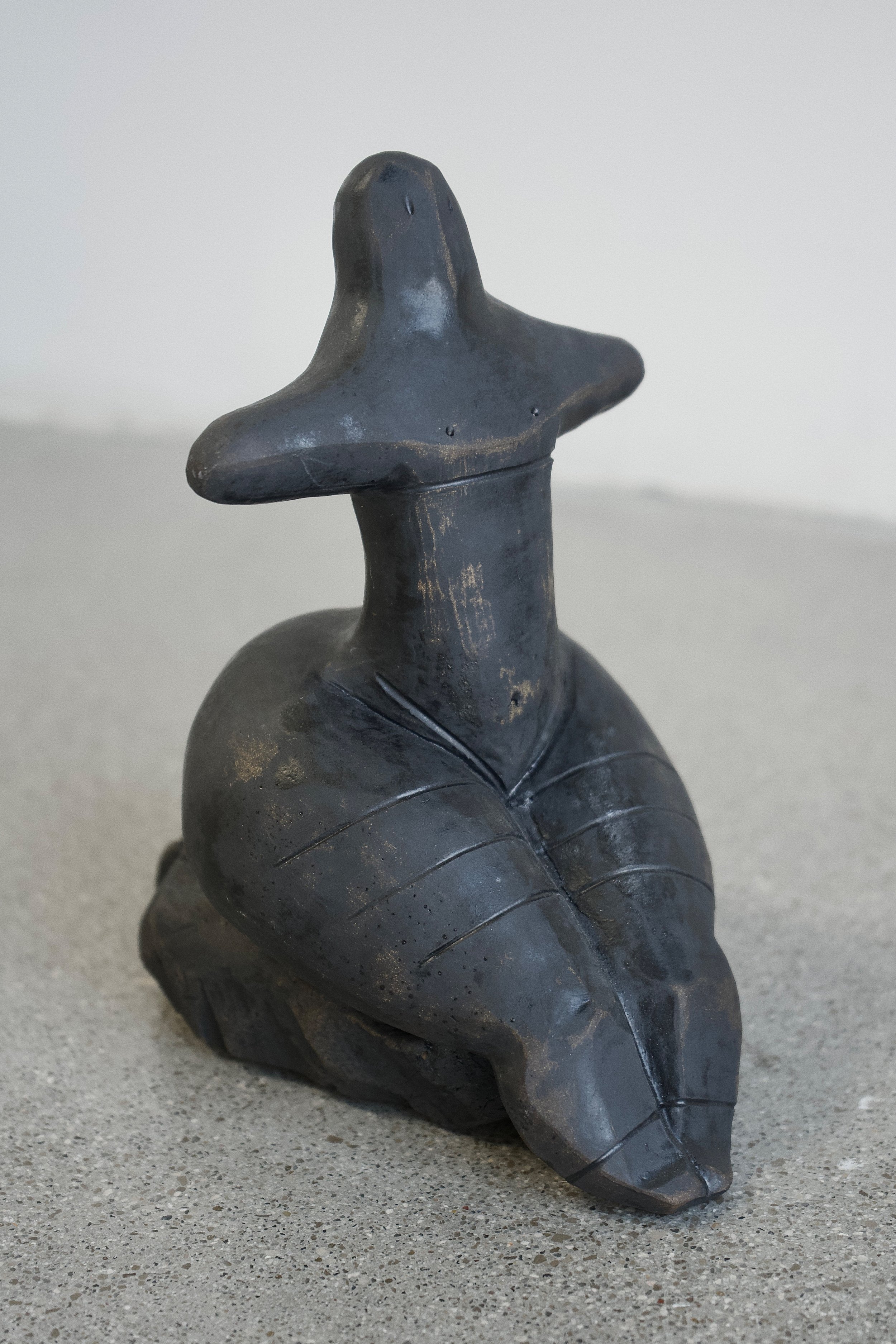
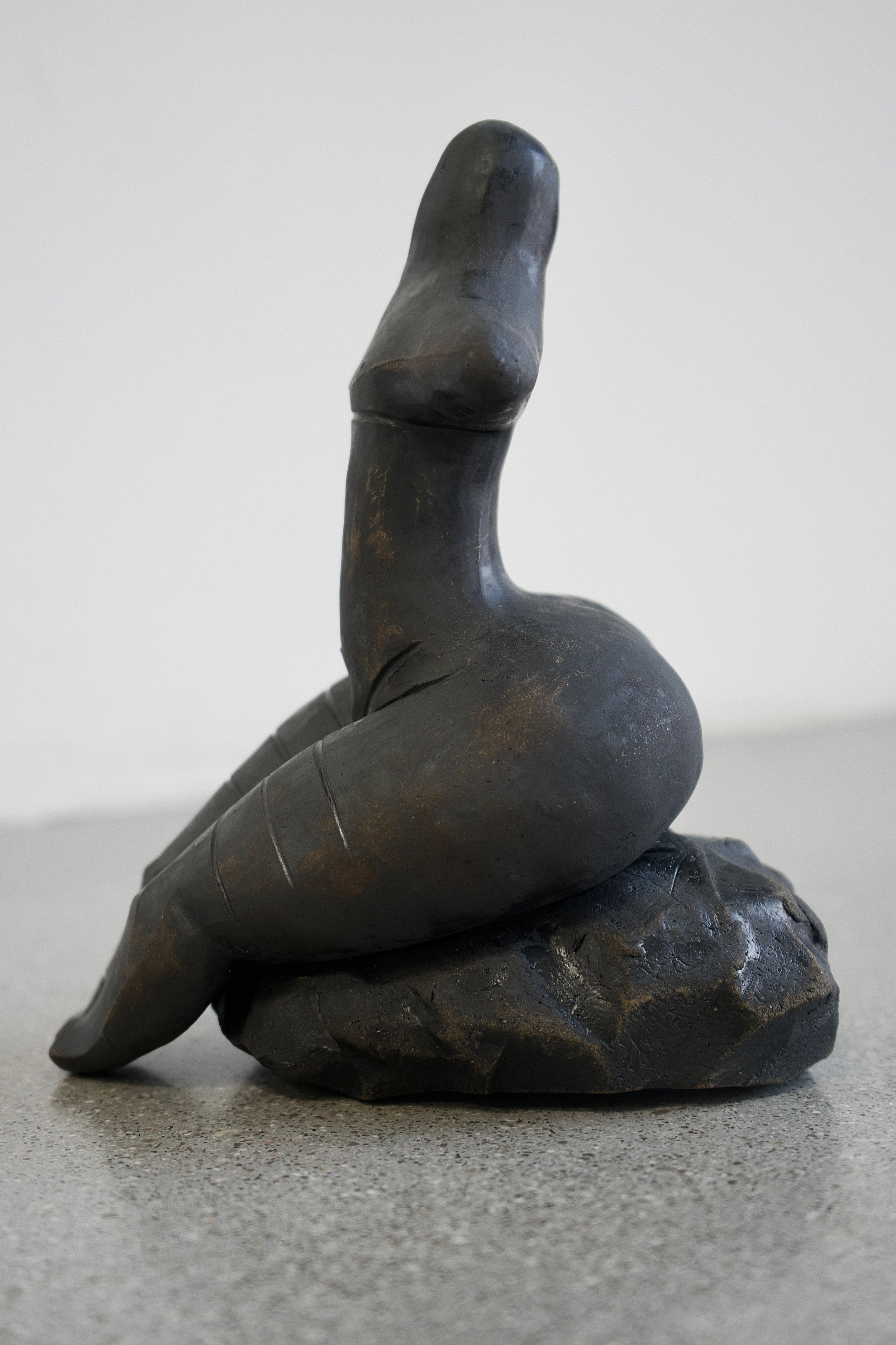
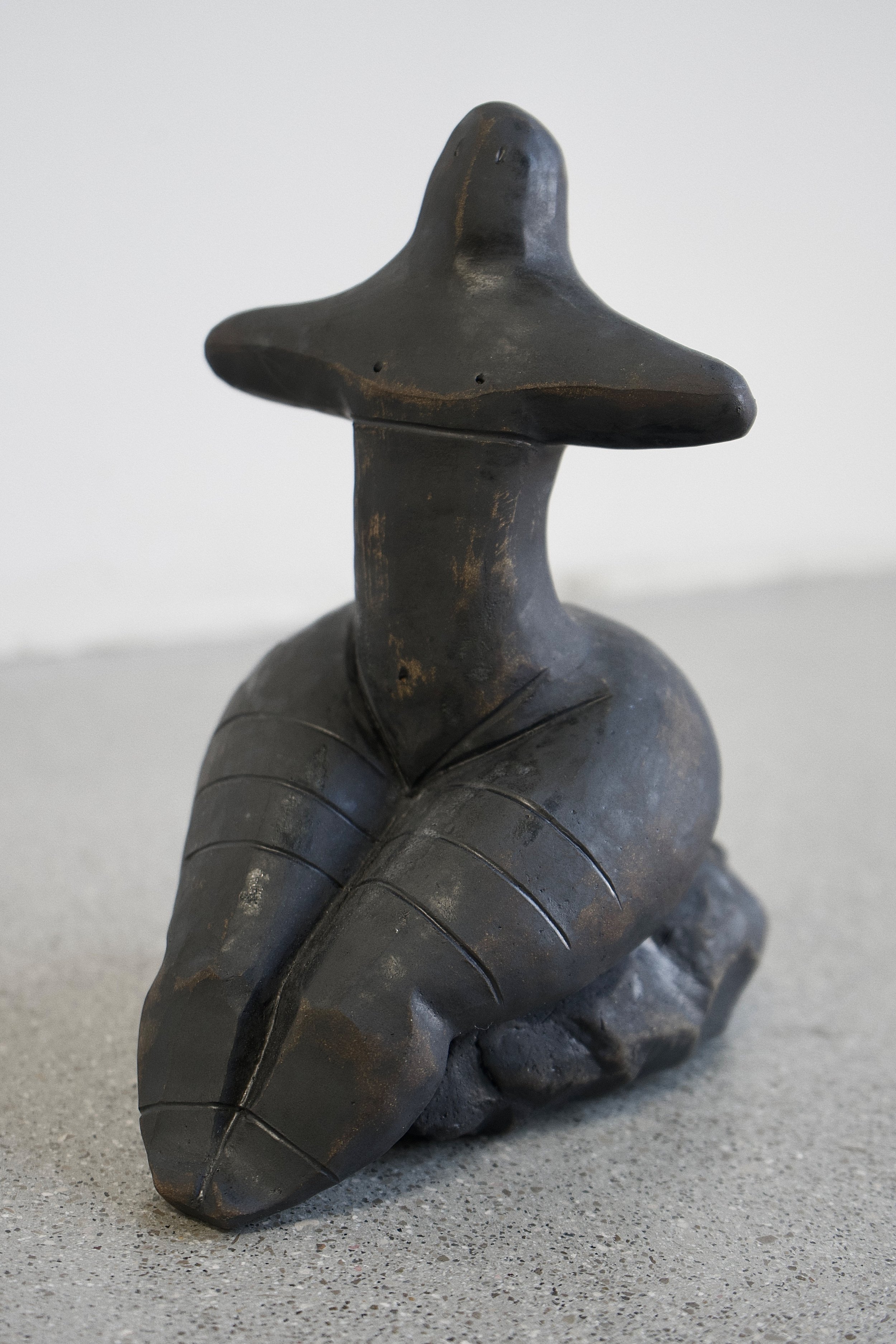
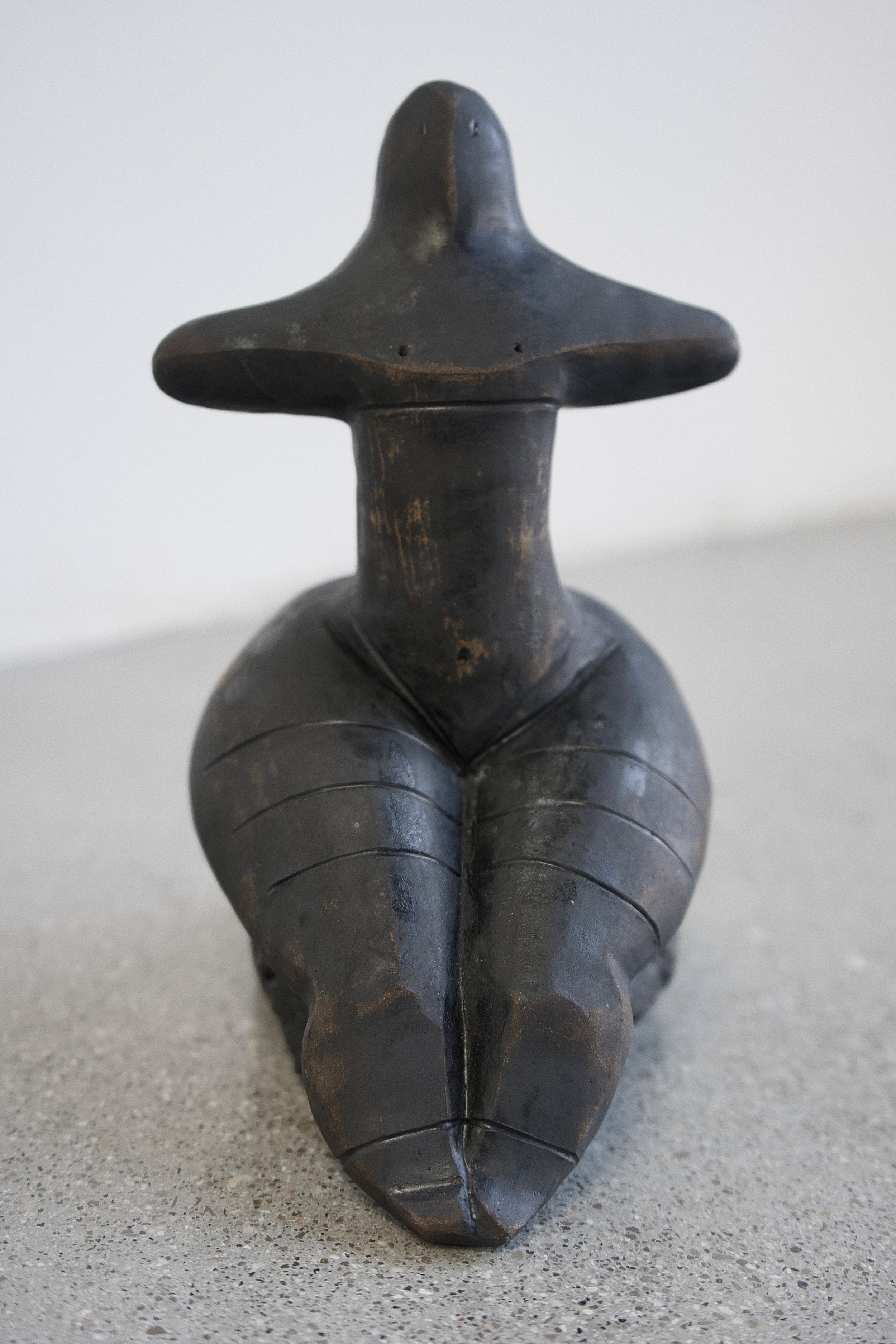
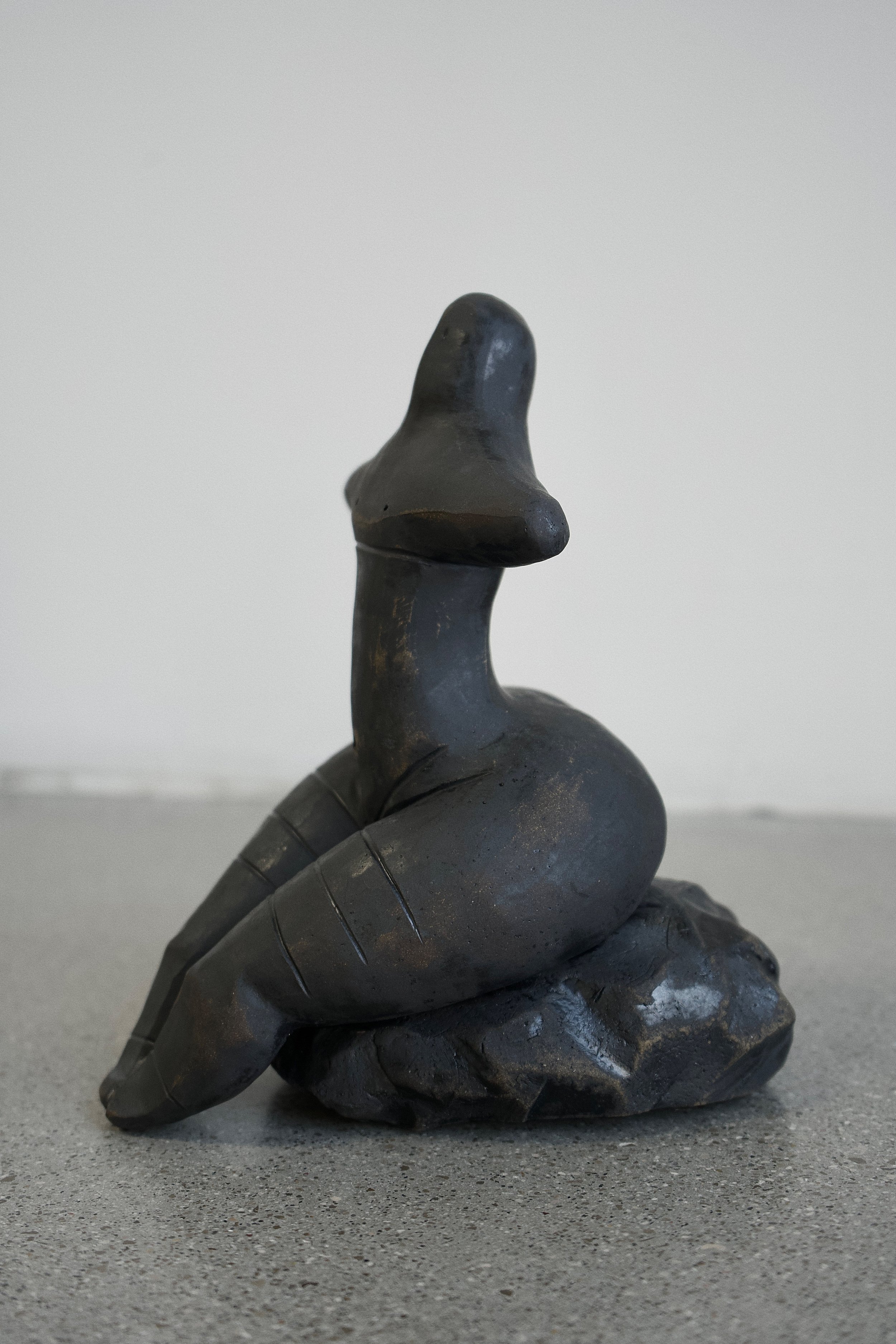
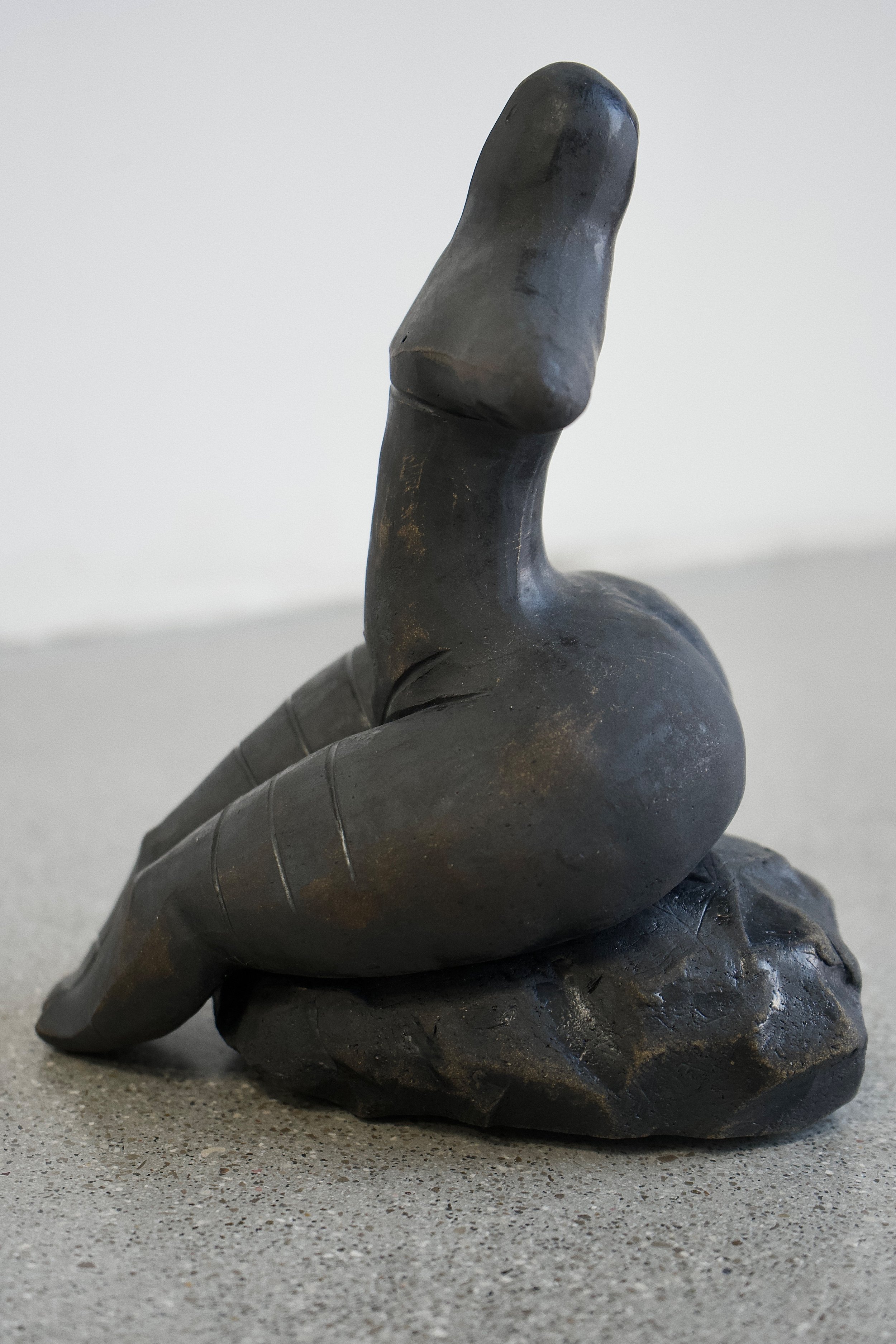

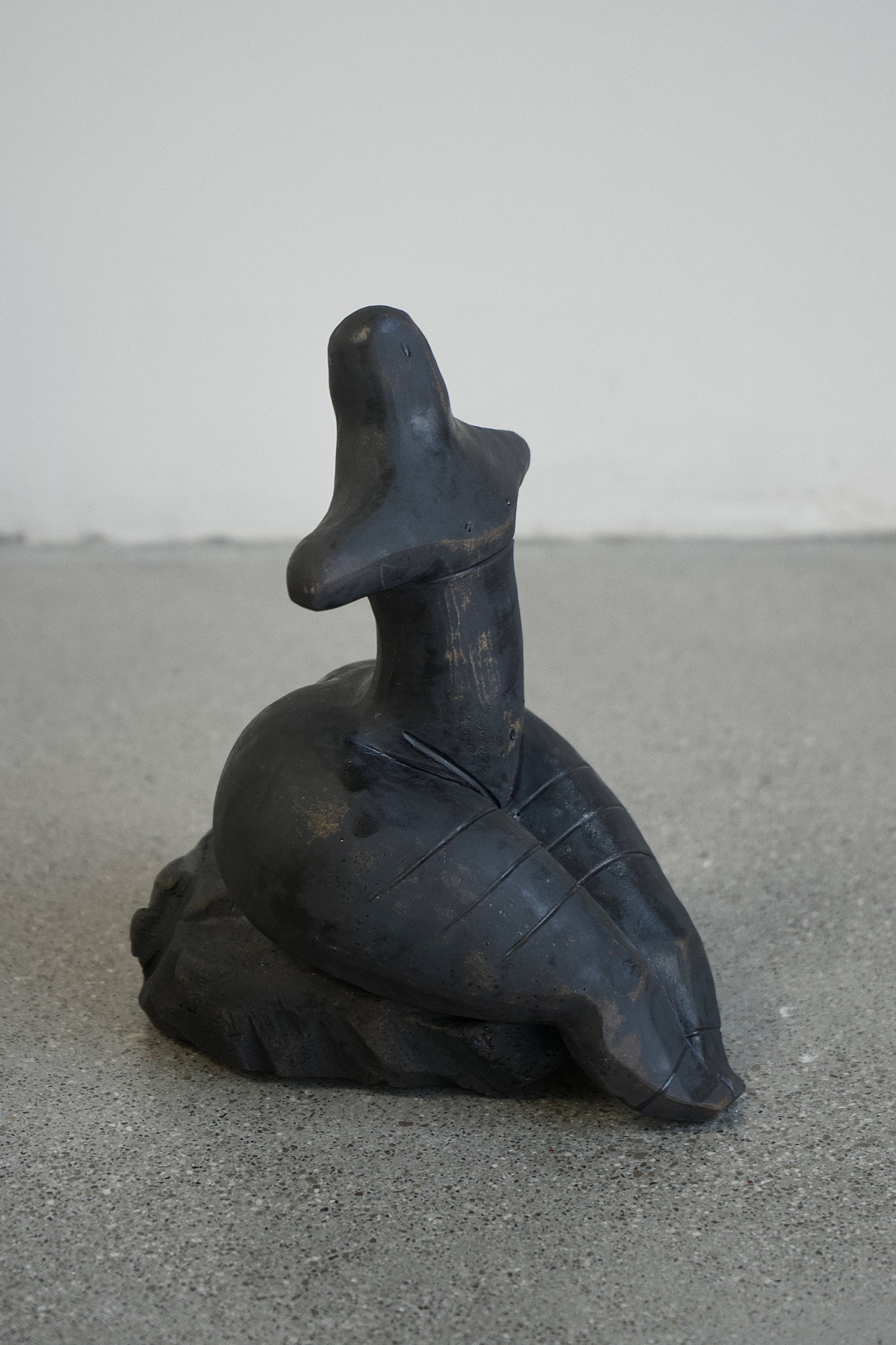
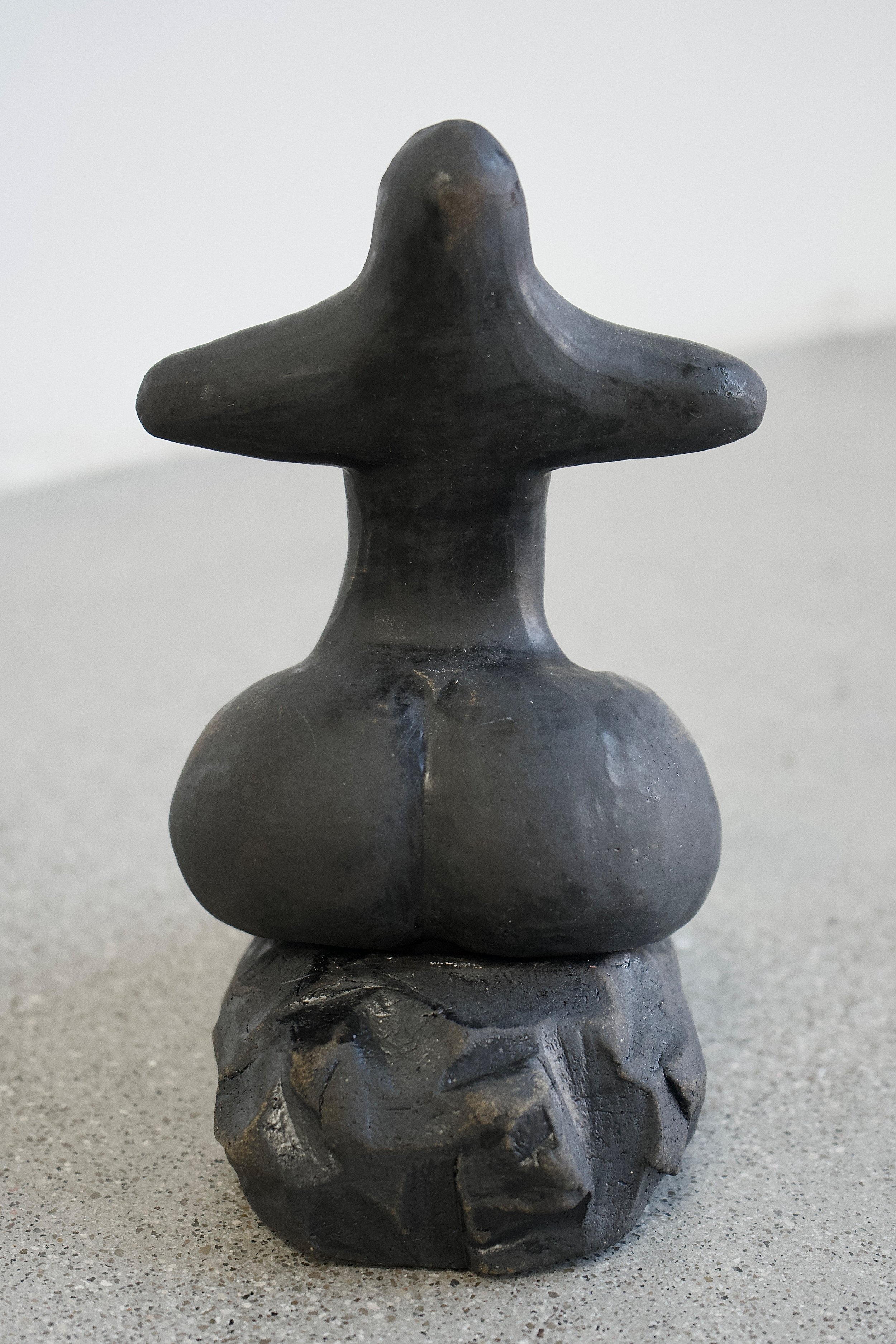


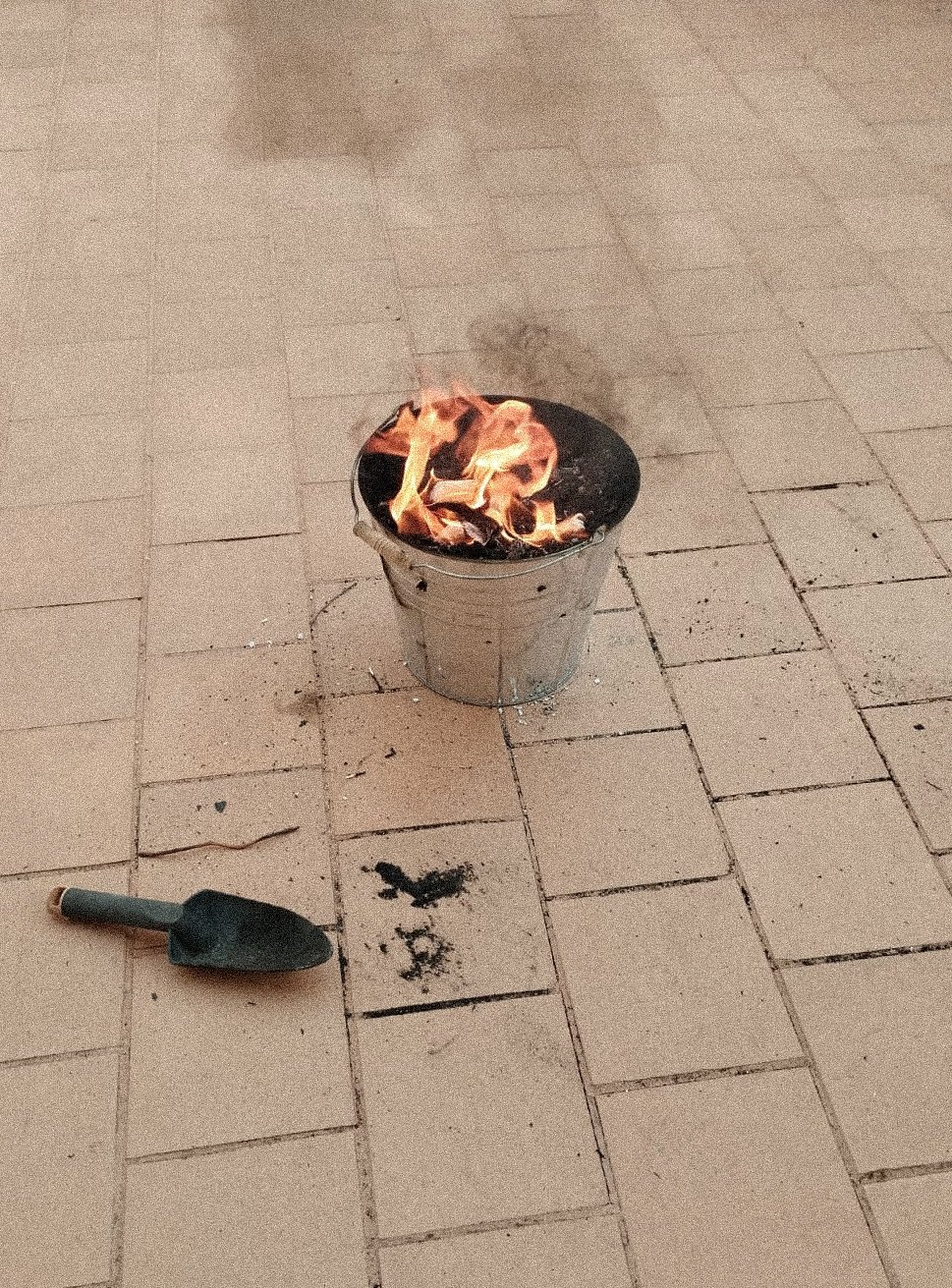


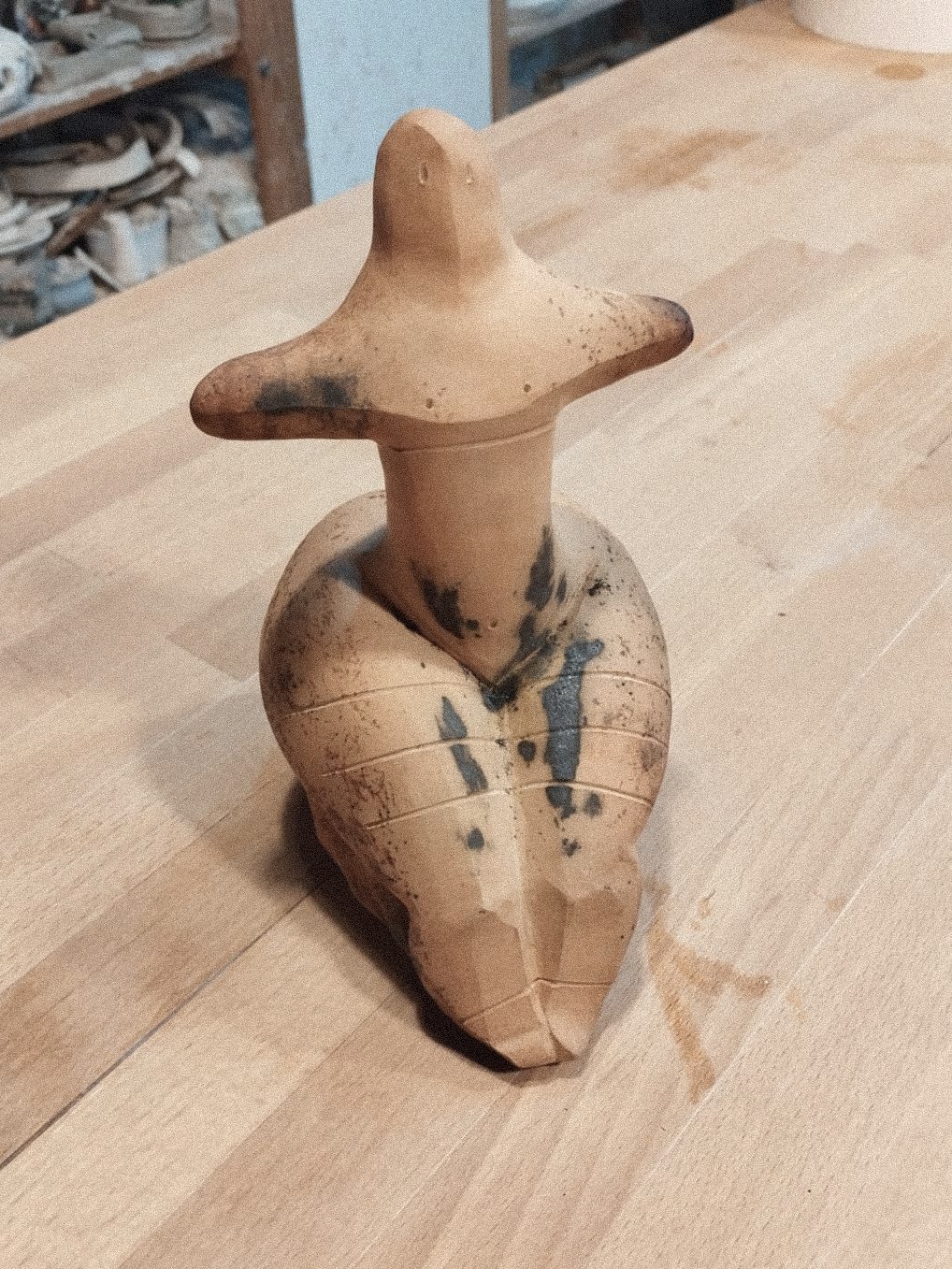
TRYPILLA CUCUTENI FEMININE CERAMICS VENUS
Ceramic Trypillian goddess. Red clay goddess brown glazed. Discover the timeless beauty and cultural significance of the Cucuteni Mother Goddess, an exquisite representation of Trypillian culture. This archaeological copy captures the essence of ancient civilizations, bringing the Great Mother figure into your modern space.
Known as the Goddess Venus or Goddess Mother, this figure embodies fertility, femininity, and the nurturing aspects of womanhood, making it a powerful addition to any space.
Expertly handmade, this clay goddess showcases the intricate details and quality of Cucuteni ceramics, ensuring it stands the test of time.
Ideal for home decor, altar setups, or as a thoughtful gift, this statue for altar brings historical depth and cultural richness to any environment.
Many monuments of the Trypilly settlement were discovered in the territory of Vinnytsia Oblast. Archaeological excavations are still ongoing to this day. The Trypilla Venus statue was made using the traditional Trypillian burning method. During the execution, we wrapped the Venus in wheat, a symbol of Ukraine, and lit it. Thus, the burnt wheat left a mark on the texture of the statue. This symbolizes the burned fields of wheat harvest during the Russian occupation. Wheat fields are an ancient emblem of fertility and life too.
Dimensions: 22×19×11cm
Technical features:
- The figure was modeled by hand and cast. The design is not of a specific figure but a synthesis of many venus of trypilia - The clay used is called terracotta (it is a low temperature clay) and its color is intended to emulate the clay extracted manually and used in traditional pieces. But in this case it is a commercial clay. It has a more toasted color and a sandy texture
- As a finish it was burnished and decorated with incisions
- It was fired at 900°C degrees in an electric oven. And then smoke it in a drum with sawdust and wheat so that it takes on an uneven color and looks like it was cooked in an open-air bonfire like in Neolithic cultures
- As it was too marked and not a homogeneous smoke, it was decided to fire it again in the electric oven and thus it lost the smoke marks (they were erased and the ceramic became brown again)
- A saturation of oxides (copper, cobalt, iron, and manganese) was applied with a low percentage of frit, leaving a coppery black as a final finish.
- A support was made for the figure so that it can remain seated and upright. This was also searched in results from archaeological sites in the area to solve how to present the piece. They have found Venus that has this type of support as if it were a chair. In this case a rock. And thus solve its instability if it is not used (touching)
Black matte Glazed
Securely packaged to ensure safe delivery.
#standwithukraine
